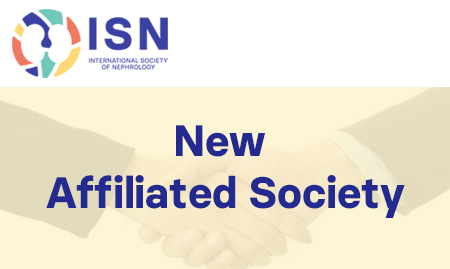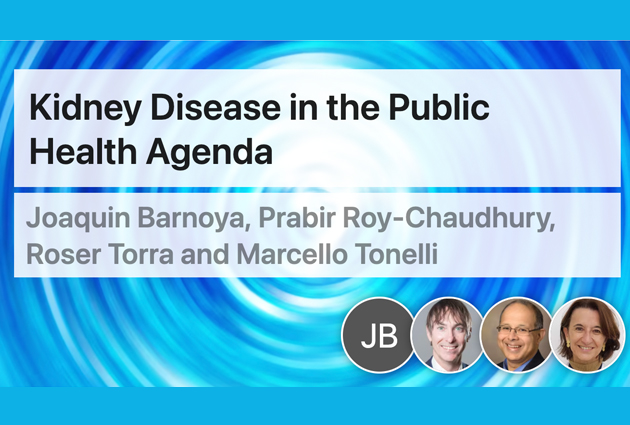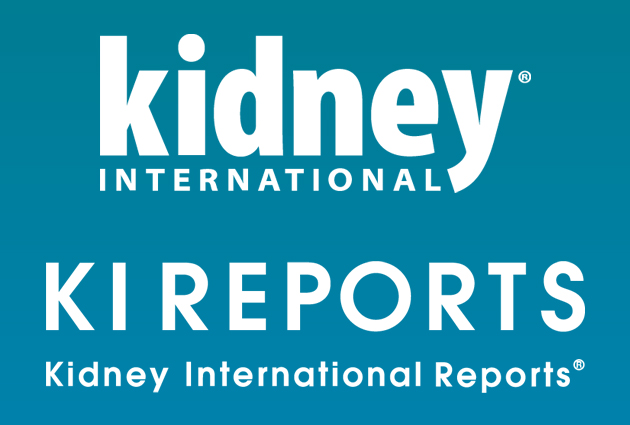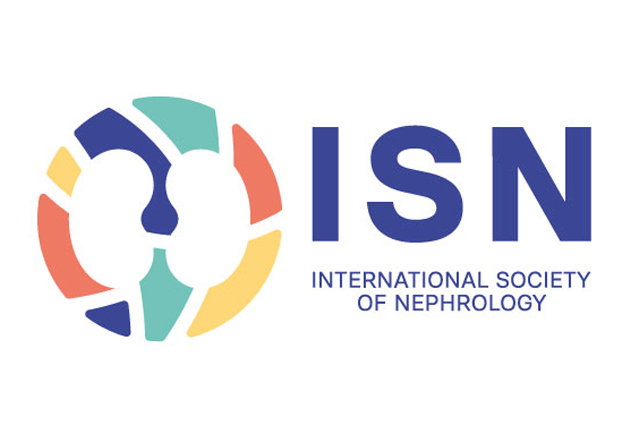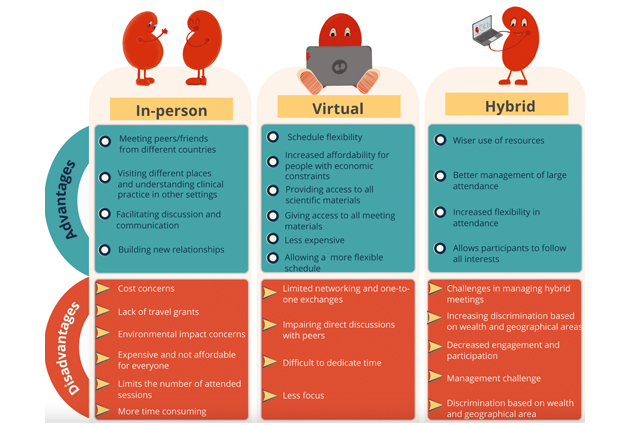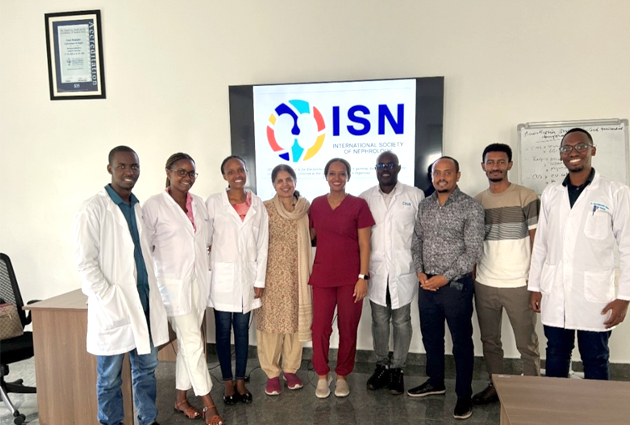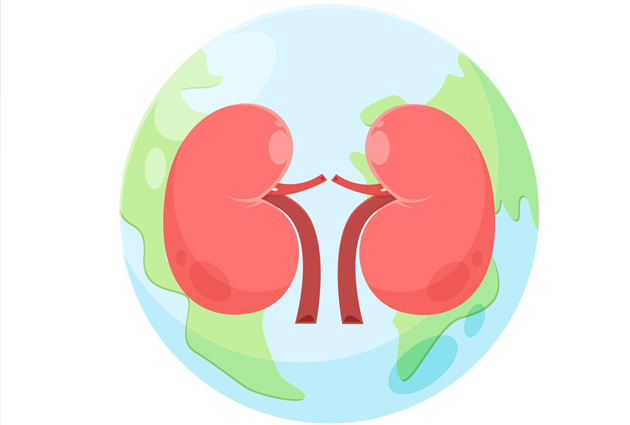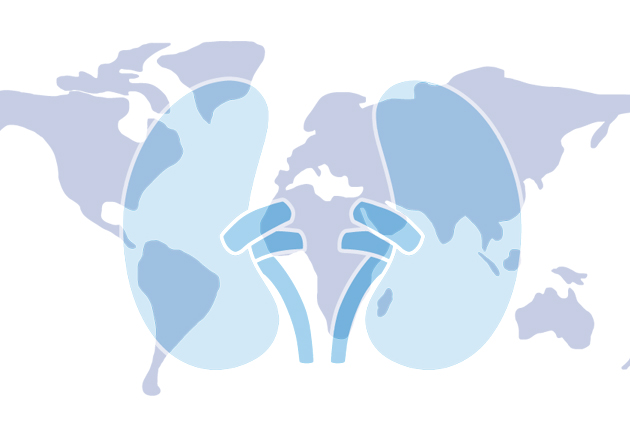Four reasons I decided to blog for ISN…and you should too
 A couple of weeks ago, when a mail inviting me to contribute to the ISN blog landed in my inbox, I instinctively hit the delete button. After all, is my life not already too busy? There are grant applications and manuscripts to write and review, PhD theses to pore over, classes to take, presentations and question papers to prepare, patients to see, manage an office, lab meetings to supervise, research consortia to manage, and meetings to go to. And after all, how useful is a blog compared to these very important activities?
A couple of weeks ago, when a mail inviting me to contribute to the ISN blog landed in my inbox, I instinctively hit the delete button. After all, is my life not already too busy? There are grant applications and manuscripts to write and review, PhD theses to pore over, classes to take, presentations and question papers to prepare, patients to see, manage an office, lab meetings to supervise, research consortia to manage, and meetings to go to. And after all, how useful is a blog compared to these very important activities?
Even though the mail was out of my sight but not completely out of my mind. My conscience was jolted further when my son, a master’s student, sent me a link to this story.
Provocatively entitled Prof, no one is reading you the post reveals that academics, seen as some of the smartest people in the world, have omitted to participate in public debates and influence policies.
Although the authors, Professor Asit Biswas, President of the Third World Centre for Water Management in Mexico, and Distinguished Visiting Professor at the Lee Kuan Yew School for Public Policy at the National University of Singapore, and Julian Kirchherr, a doctoral researcher, focus on Social Sciences, this can easily be applied to medical research, especially to issues related to healthcare delivery, a topic of great public interest and direct relevance to policy.
The authors present data on the proportion of articles focusing on policy recommendations, and what proportions are noticed using citation metrics. Professor Dahlia Remler found the non-citation rates of medical articles to be 12%, lower than 27 and 32% for natural sciences and humanities respectively. According to her, even 12% is too large, given the high costs of medical research. Of course, citing a paper also does not mean it has been read.
Biswas and Kirceherr also show that policymakers and business leaders, for that matter even non-academic practitioners, rarely read peer reviewed publications. Much of it could be related to the way these papers are written – full of technical terms and jargon, obvious to their peers, but not to the lay public and policymakers. Also, publishing papers counts towards one’s scientific output, boosts H-indices and leads to that ‘holy grail’ – tenure.
The authors suggest that to introduce significant policy and popular impact, scientists must turn to popular media – including electronic and (gasp!) social media. They propose that such contributions should receive due recognition, and where appropriate, count towards assessment of academic.
This requires a change in our mindsets – developing comfort in non-academic writing, presenting evidence in a way that is comprehensible to the non-expert, and willing to engage in conversations, which can be quite energetic on social media.
Why is all this relevant to the ISN?
We take pride in the fact that the ISN’s humanitarian mission sets it apart from other specialty societies. ISN’s mission and programs are heavily focused on eradicating global inequities in delivering care for kidney diseases, manpower shortage, continued education relevant to the needs of the society, and developing a global network where the ‘haves’ and ‘have nots’ can find a common platform for improving everyone’s health.
Almost all the ISN programs are geared to achieving this goal – with Saving Young Lives and 0by25 being shining examples. As of course are the ISN Fellowship, Clinical Research, Sister Renal Centers, Educational Ambassadors and Continuing Medical Education programs.
Many but not all nephrologists know these initiatives. The more crucial question is – how many of the external stakeholders, who should eagerly embrace the messages and the action steps, are even aware of them?
Even more critically – what are we doing about it?
We need a plan. Using popular media is likely to be central, if that plan is to have a chance to succeed.
There are other reasons for kidney disease researchers to come out of their comfort zones and join in the cut and thrust of public debate.
Here is a news flash. Research money is drying up, and there is more competition for less! As Professor Bruce Hood, Chair in Developmental Psychology in Society at the Bristol Cognitive Development Center notes in his chapter Essentialism in John Brockman’s book Thinking: The new science of decision making, problem solving and prediction: “We have to steer our grant applications towards potential application, and certainly we have to write a substantial proportion of the proposal to deal with impact, public engagement…increasingly the research councils feel that we, as public body funded by taxation, need to be called to account in terms of what we are doing with the money, the taxpayers’ money.” He goes on to discuss the anxieties related to the translatability of research findings to the real world and how important public communication and engagement is to that.
These arguments sound quite persuasive to me – and led me to write this post. As of now, I intend to continue doing this. How frequent they will be, and what will they be about, are issues we shall see.
I hope you will find this compelling as well, and find time to contribute your views on whatever you feel strongly about – here at the ISN blog or elsewhere where have they have the highest chance of making an impact. They don’t necessarily have to be about policy. Making research accessible to public at large is a fantastic goal.
Did I give you four reasons? Perhaps not. But I am sure the title caught your attention. First lesson in social media writing – grab those eyeballs.
Follow Vivek Jha on Facebook and Twitter (@vjha126)


